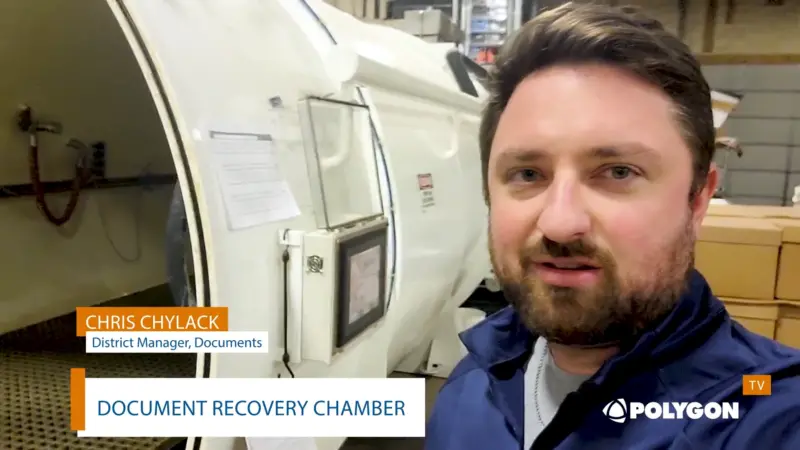The Rising Growth of Portable Evaporative Coolers
There is a growing demand for commercial cooling solutions, as indicated by the past two years. Industry experts say the evaporative cooling market hit $5.76 Billion in 2021, which they expect to reach $8.41 Billion by 2027. It’s evident; the market isn’t cooling off any time soon.
Ben Wulf, President & CEO of Portacool, LLC, says awareness and adoption of the type of solution evaporative cooling provides is rising. He spoke with Keep Kuul host Bobby Brill about Portacool’s successful past couple of years and why he believes 2023 will continue that trend.
What’s driving this widespread use of portable evaporative coolers from residential homes to commercial spaces? During their conversation, Brill and Wulf hit on several cooling trends, including:
• A Growing work-from-home market needs evaporative coolers for comfort
• The cost-effectiveness of portable evaporative cooling units
• Increasing needs for cooling solutions in the industrial market
• Working through supply chain challenges to meet the demand
“We’re seeing some manufacturing shift, a little bit of a pivot, as things are challenging over in Europe, for example,” Wulf said. “We’re seeing some of those factories be idled, and so some of that demand is now coming back to the U.S. You parlay that with a very tight labor market, and it’s putting more demand on getting product out here in the U.S., which is good for our economy, but as we take all that and aggregate that, it’s a big challenge.”
Ben Wulf has worked for Portacool for the past twenty-one years, leading the most dynamic and passionate group of professionals in the HVAC industry. Serving as Portacool’s President & CEO since 2014, Wulf takes pride in shaping the strategy of Portacool’s mission to bring global cooling solutions whenever or wherever needed



